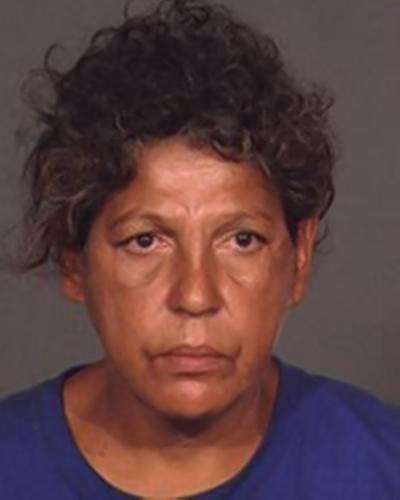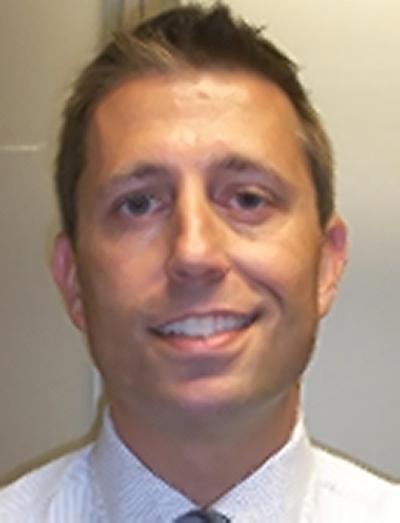Easy tips for nurses to avoid medical malpractice
 Medical malpractice is often preventable. According to statistics from the Journal of the American Medical Association, 80% of adverse events in the health care system are the result of human errors. Medical malpractice is not only committed by doctors but also by nurses and other health care professionals. In a recent article in Minority Nurse, Nicole Thomas, a legal nurse consultant shares some very interesting statistics about medical malpractice. She also gives the following tips to nurses to avoid being sued for medical malpractice:
Medical malpractice is often preventable. According to statistics from the Journal of the American Medical Association, 80% of adverse events in the health care system are the result of human errors. Medical malpractice is not only committed by doctors but also by nurses and other health care professionals. In a recent article in Minority Nurse, Nicole Thomas, a legal nurse consultant shares some very interesting statistics about medical malpractice. She also gives the following tips to nurses to avoid being sued for medical malpractice:
- Nurses should make sure they always proprely document their work. When a nurse writes a clear and precise description of what happens to a patient when he is under her care it not only helps her and the staff make sure the patient is proprely being taken care but it also protects the nurse in case of a potential lawsuit. A nurse who defends herself by saying “I did it but I forgot to document it” will have trouble convincing the jury in a medical malpractice trial.
- Not only nurses should document everything but they should make sure their notes are easy to read. Even though a nurse may have been doing the right thing, unreadable notes open the door for a patient to question the nurse’s actions in considering filing a medical malpractice lawsuit.
 New York Personal Injury Attorneys Blog
New York Personal Injury Attorneys Blog





